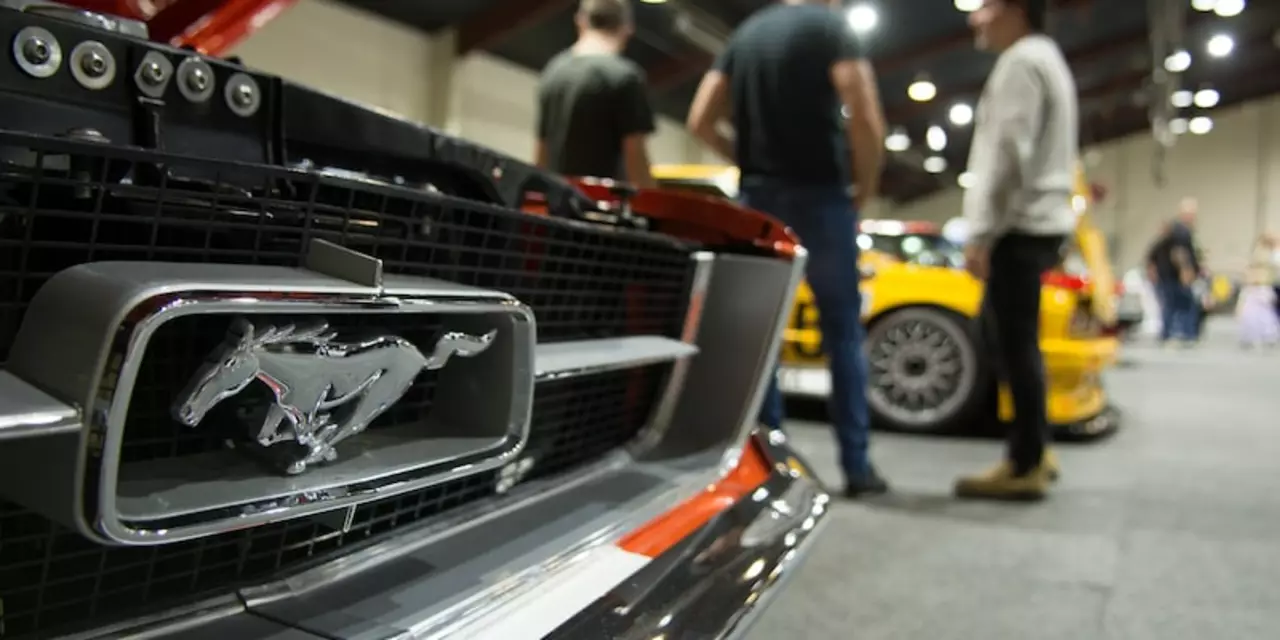Early 1900s Auto Racing Danger – The Raw Reality of Historical Motorsport
If you think modern racing is extreme, picture this: drivers in the 1900s hurtling down dusty roads without seat belts, helmets, or even roll cages. The thrill of speed was real, but the safety net was basically a thin cloth. That’s why early auto racing is a perfect case study for anyone curious about how far the sport has come.
Back then, cars were experimental machines. Engineers were more interested in breaking speed records than protecting the people behind the wheel. The first races were often held on public streets or unpaved tracks, meaning uneven surfaces, loose stones, and sudden drops were part of the daily routine. Drivers relied on sheer guts and a bit of luck to stay upright.
What Made Early Racing So Dangerous?
First off, there was no protective gear. Helmets, when they existed, were made of leather and offered barely any impact resistance. Seat belts weren’t a thing until decades later, so a crash usually meant being tossed out of the car. Even the steering wheels were wooden, which meant a crash could splinter the wheel and add to the injury.
Second, the cars themselves were fragile. Early engines could explode, and fuel tanks were often positioned right in front of the driver. A minor misfire could turn a race into a fireworks show. Spectators stood just a few feet away, often on the same road they were watching, so a crash could easily involve the crowd.
Why Fans Still Loved It
Despite the obvious risks, crowds swelled at each event. The danger itself was part of the allure – people loved watching human bravery on display. Newspapers ran headlines like “Man Flies Across Finish Line in a Cloud of Smoke,” feeding the public’s appetite for daring feats. The sport’s raw, unfiltered excitement made it a cultural phenomenon, even if many participants never made it home.
Today, we see a completely different picture: sophisticated safety cells, carbon‑fiber helmets, and strict crash‑data monitoring. Those advancements stem directly from the hard‑learned lessons of the early 1900s. Each tragic accident back then sparked a small improvement – a sturdier wheel, a stronger chassis, a fire‑proof suit – gradually building the safety infrastructure we take for granted now.
If you’re exploring historical motorsport, start with the story of that early era. It shows not only how reckless the sport once was, but also how human ingenuity turned those dangers into engineering breakthroughs. The next time you watch a modern race, remember the drivers who raced without a seat belt and the spectators who stood inches from the action. Their daring paved the way for the high‑tech, high‑speed world we enjoy today.
Just how dangerous was auto racing during the early 1900s?
Auto racing during the early 1900s was incredibly dangerous, as safety measures were minimal and the sport was becoming increasingly popular. Racers would often drive their cars at extreme speeds and often with no safety equipment whatsoever. Often times, the drivers would be thrown from their cars and suffer serious injuries or even death. Spectators were also not safe from the danger, as crashes and explosions often led to injury and death. Despite the dangers, the sport continued to grow in popularity and remains popular today.



